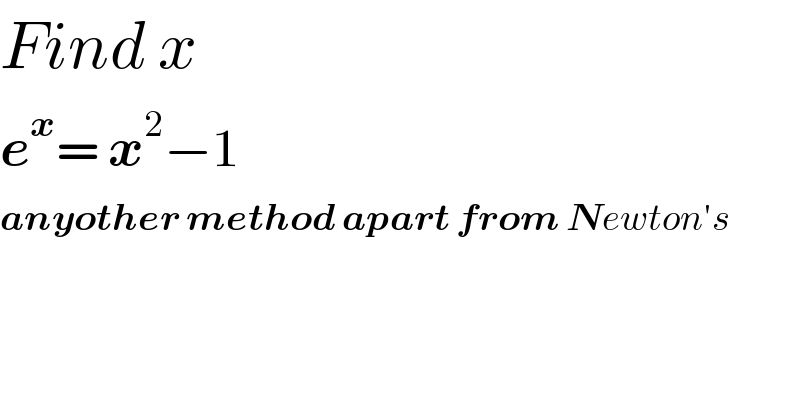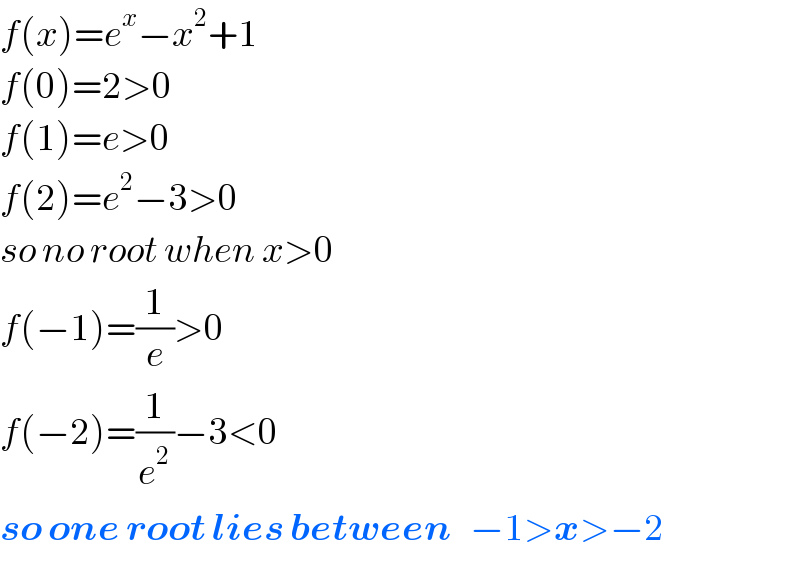
Question and Answers Forum
Question Number 89834 by Cheyboy last updated on 19/Apr/20

Commented by Joel578 last updated on 19/Apr/20

Answered by TANMAY PANACEA. last updated on 19/Apr/20

Commented by Cheyboy last updated on 19/Apr/20

| ||
Question and Answers Forum | ||
Question Number 89834 by Cheyboy last updated on 19/Apr/20 | ||
 | ||
Commented by Joel578 last updated on 19/Apr/20 | ||
 | ||
Answered by TANMAY PANACEA. last updated on 19/Apr/20 | ||
 | ||
| ||
Commented by Cheyboy last updated on 19/Apr/20 | ||
 | ||